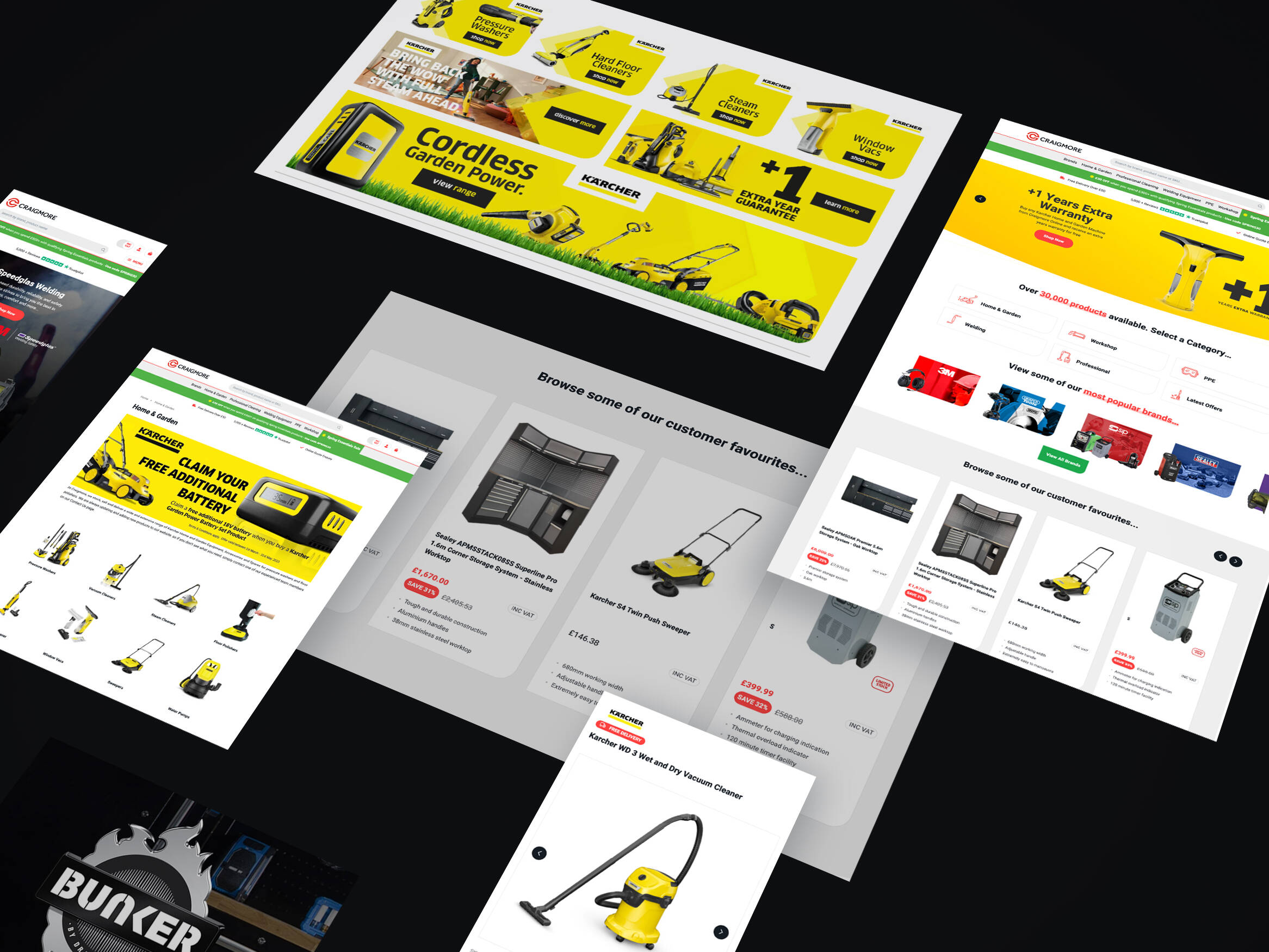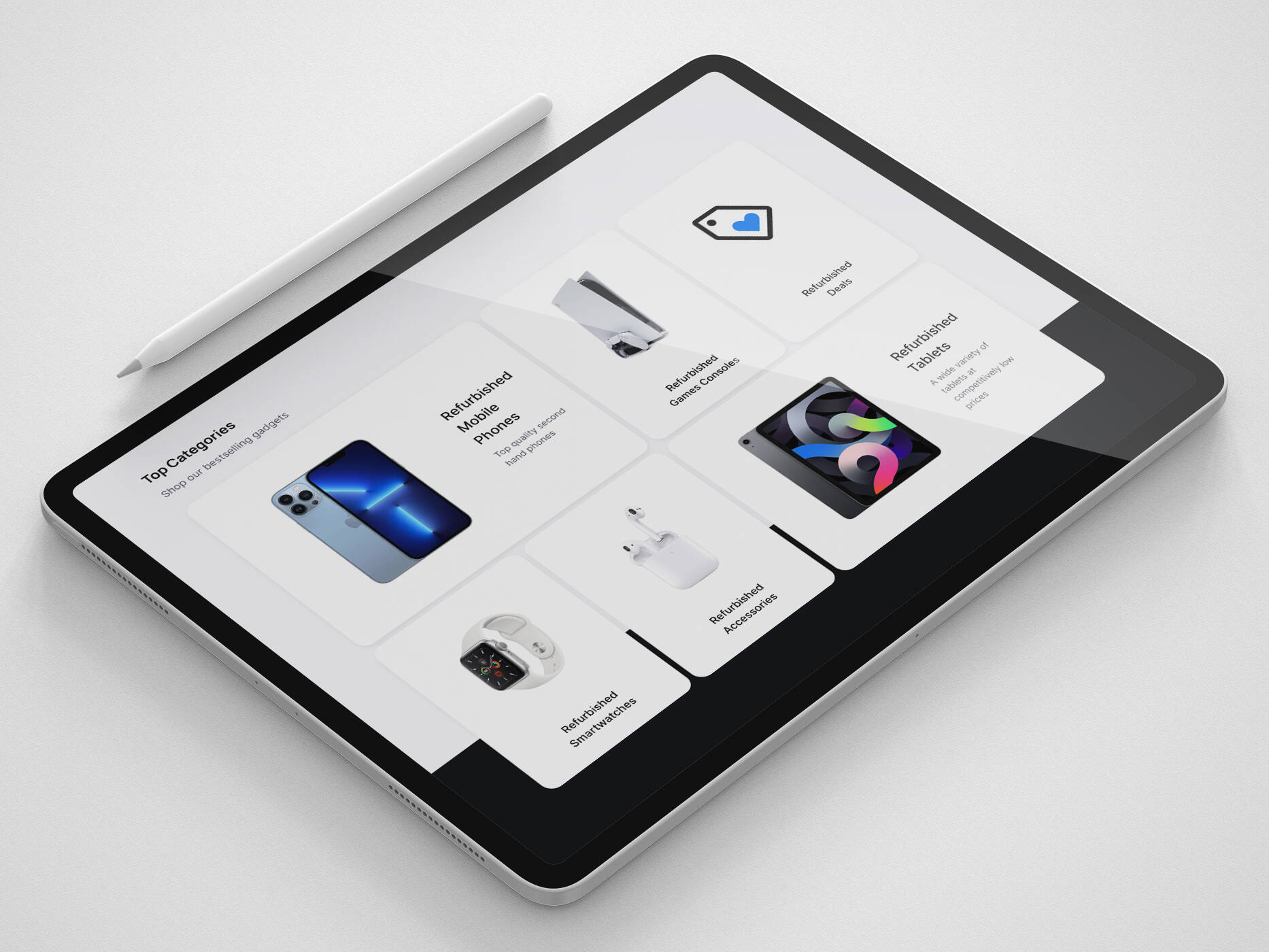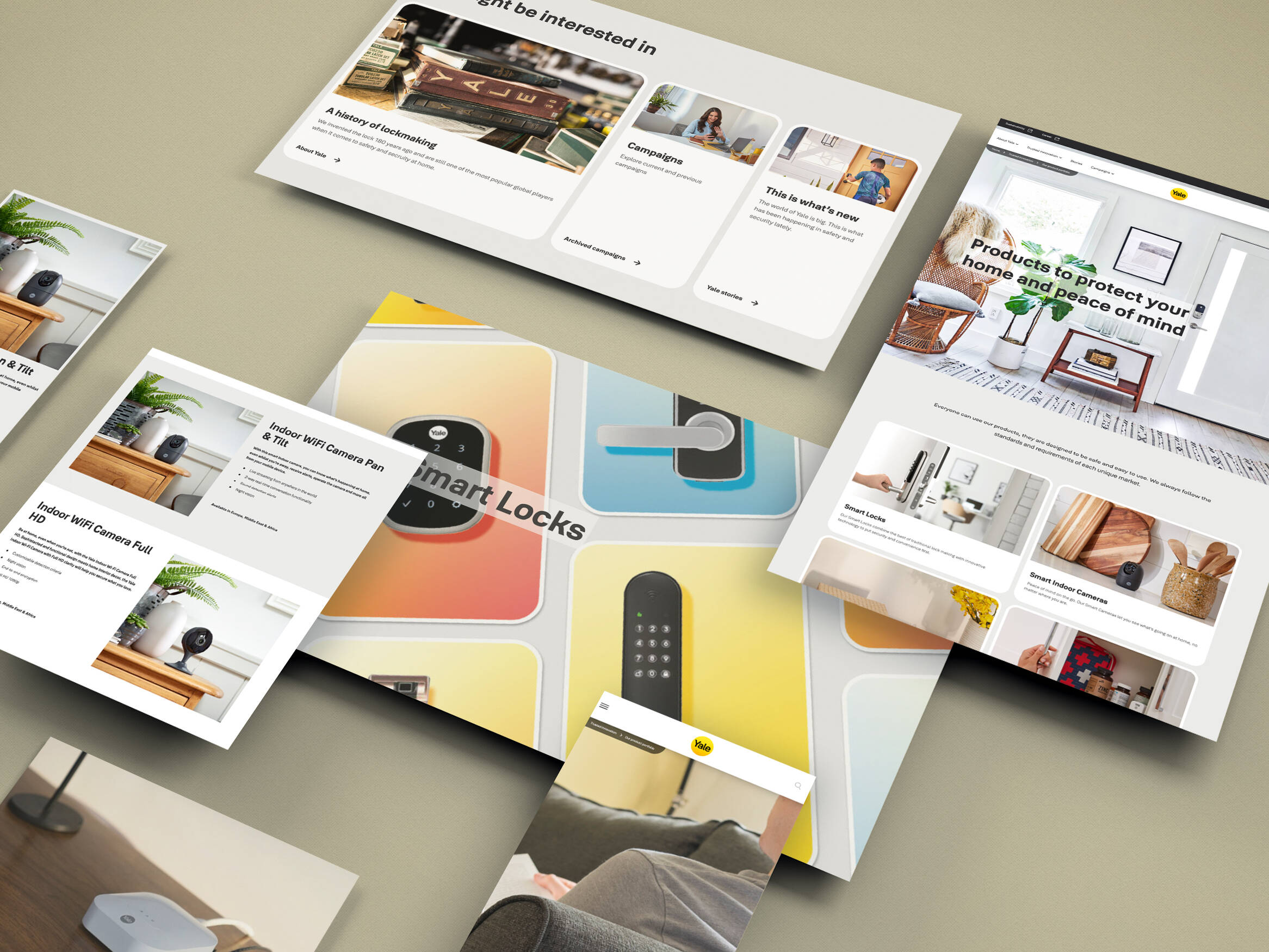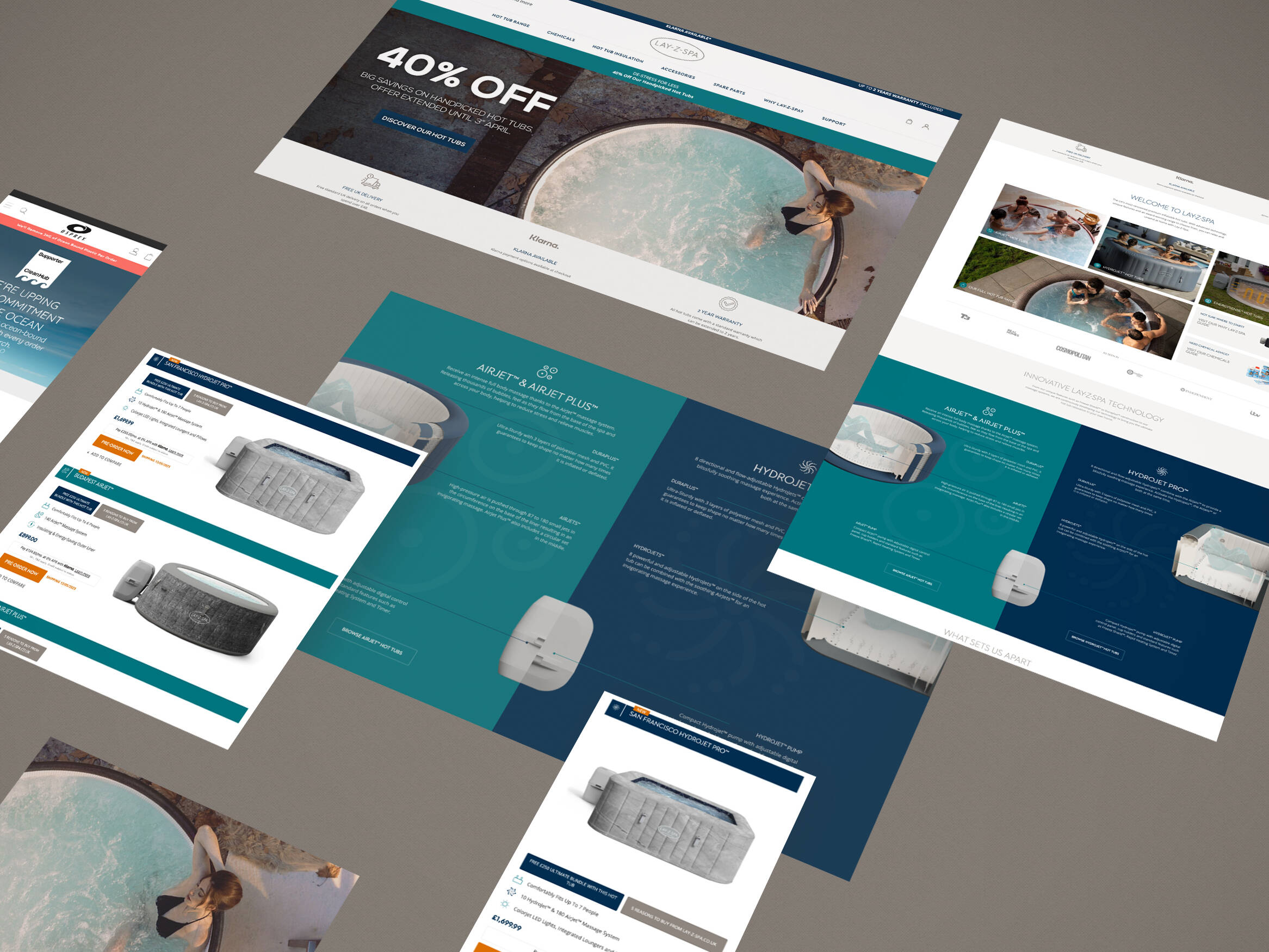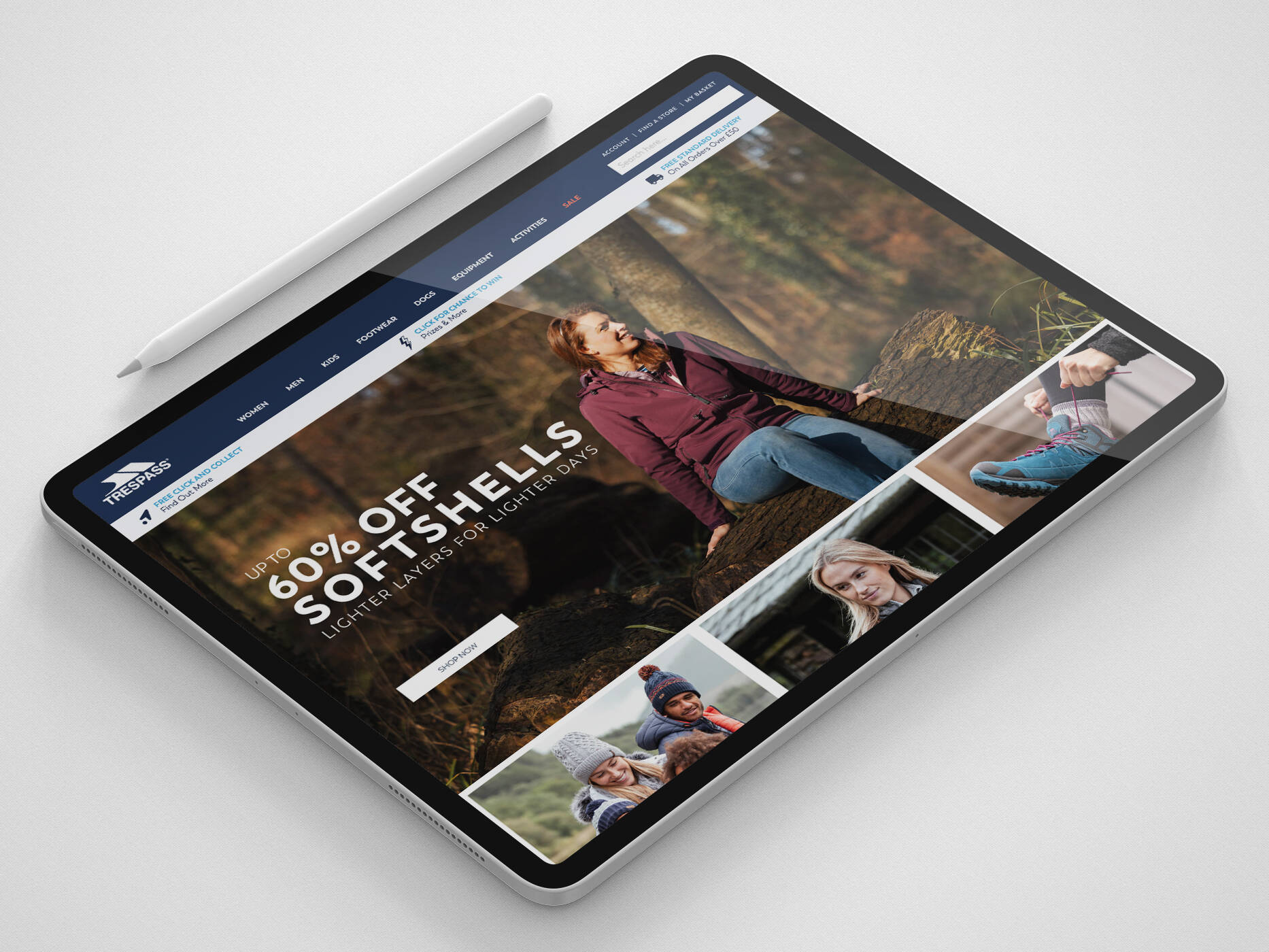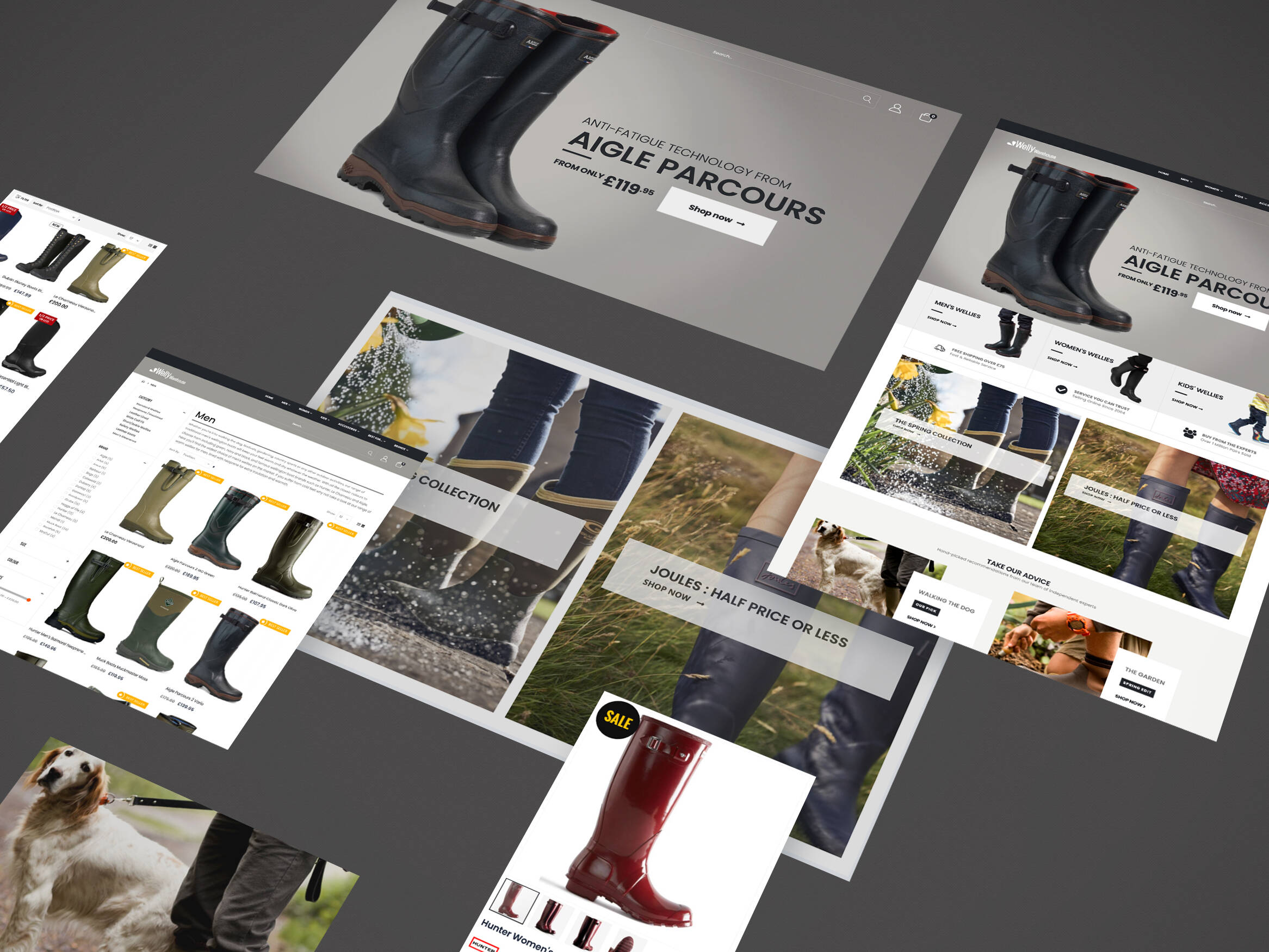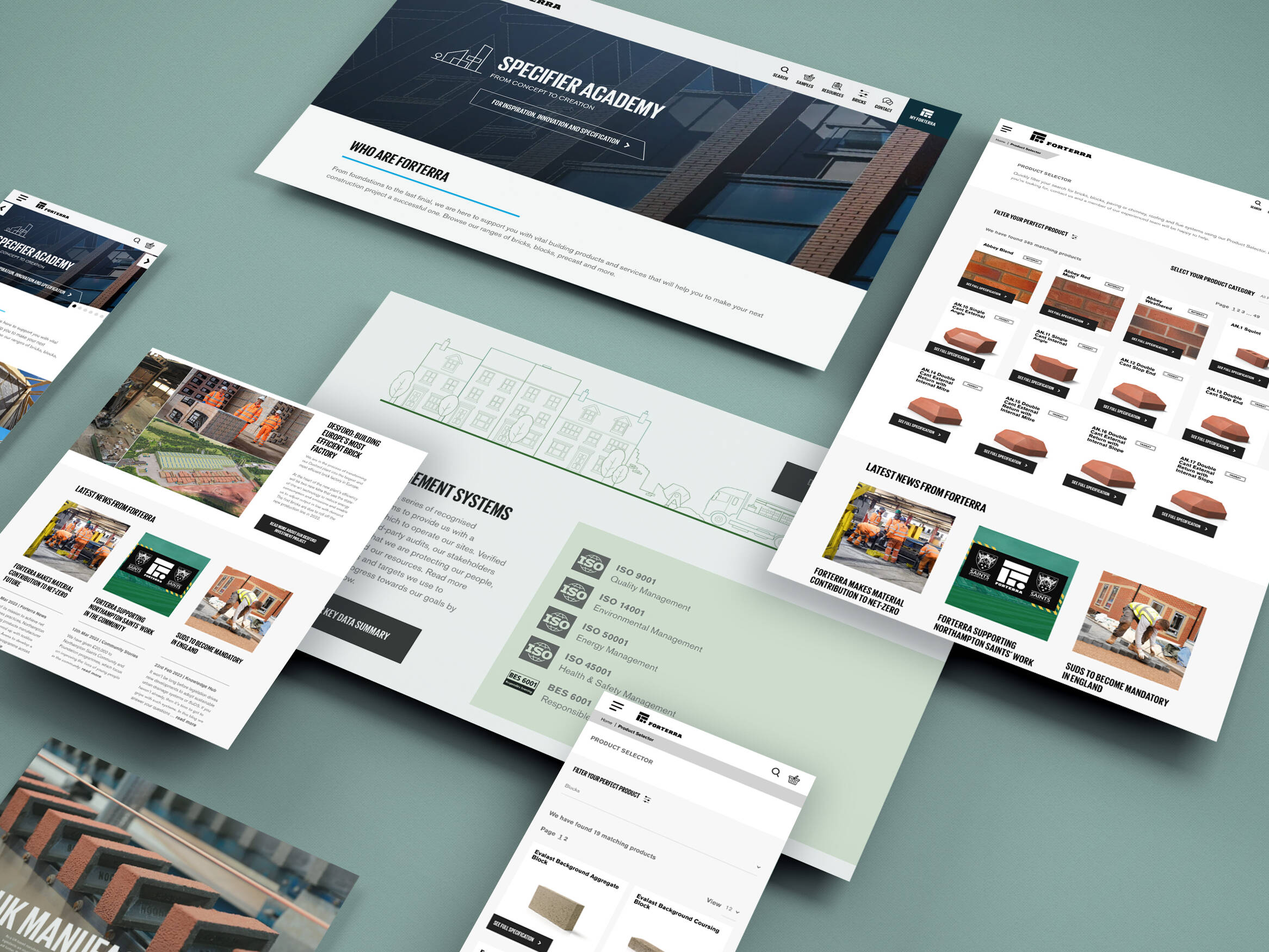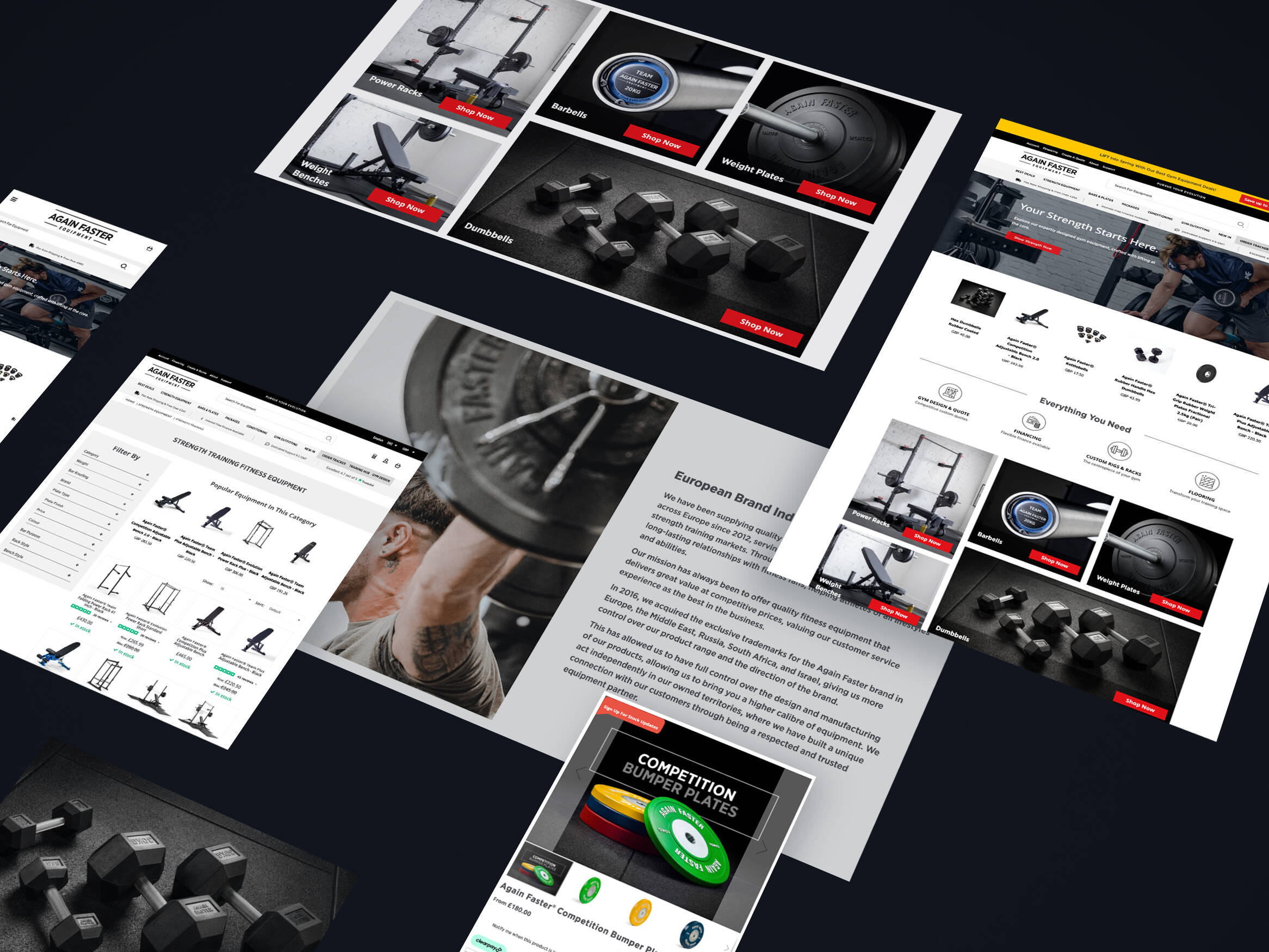On Monday, I and fellow Digital Marketing Assistant Katie hopped on the train to Birmingham, to attend a series of social media workshops at the Google Digital Garage. We seized this opportunity to escape the office for the day and emerse ourselves in the wonderful world of social media marketing.
What is The Digital Garage?
While it may very well sound like the name of PC repair shop on your local high-street, The Google Digital Garage is so much more than this. Aesthetically speaking, it’s as you would expect, very Google, very relaxed, with interiors that would have been fitting of any hipster coffee shop. However, it’s relaxed vibe and hoodie-wearing staff help you to feel at ease about any gaps you might have in your own technical knowledge – an ideal set-up for a place offering digital skills coaching.
The days talks and workshops we attended formed part of a month long series, aimed at bridging the technology skills gap, by helping those interested to create content and social strategies with confidence across key social platforms. By making all sessions free, everyone from small business owners, to marketers, PR teams and individuals looking to learn more about the industry were in attendance.
Talk 1: Social Media for Business
We were reminded of a very sobering fact during our first talk of the day, a fact that anyone working in social media or marketing is acutely aware of – just how short the average attention span of an online user is. 8.25 seconds to be precise!

While we all know attention span is sparse on social media, an obvious by-product of the information age we all live in, businesses need to do all they can to take advantage of the fact that users are spending on average 1 hour & 48 minutes a day on social media.
Utilising these platforms to their fullest, using all their features and creating campaigns that are tailored to each platform were the talks overidding themes. Here are a few takeaway tips for each social channel:
Twitter Tips

- Make proper use of the header image & @name
- Add relevant #’s and keywords in your Twitter profile
- Run poles to keep users engaged
- Utilise pinned tweets
- Twitter lists – useful for grouping connections and influencers
- Re-tweets, help keep you visible online
Instagram Ideas

- Switch to Instagram business profile
- Go easy on the amount of #’s
- Utilise Instagram stories
Facebook Framework

- Include a link to your website in your ‘about’ section
- List business information: opening hours, location and contact details
- Call-to-action button
- Utilise GIF’s and Video
Technology and Tools
From the Digital Garage talks, they also gave us some excellent suggestions for some of the best apps and extensions that will help anyone deliver a more successful social media strategy.
- Canva, VSCO Cam & Wordswagg – Graphic design
- Grammarly – Content
- HootSuite – Scheduling
- Youtube Director – Video
- Selfie stick (cheap alternative to the tripod) – Video / Images
Talk 2: Writing For Social Media
What we gathered from our second talk was that writing for social media is an incredibly tricky and precise business, because it’s more than just that. Nearly anyone can write, but it’s creating content that conveys your brand message, the tone of your business and content that targets the right audience, in the right way.

We learnt that most online users will only digest 1/2 of your first sentence, as they cherry-pick their way through mountains of information on their feeds. Here are some top tips to stand out:
Features v Benefits
For example, if you’re advertising a new Fitbit, there are two different language approaches you can undertake, one which utilises language purely for sales, the other is ‘hook’ language used for social media.
Features: Benefits:
Water resistant Take it swimming
Increased screen strength Drop/ smash resistant
If online users what to know more about the features of a product or service then they will seek out or follow the link through to your site. For those not in the market for a Fitbit or those just scrolling their news feeds, it’s essential to lure them in with the benefits of the product.
Putting the customer at the centre is key – ‘you’ is the most important keyword in social copy.
Learning The Language
Social language is an art form, it’s often said the more concise you need to be the harder it is to achieve. However social media is all about being snappy – so here are a few general tips we picked up from our visit to the DG:
- Avoid using internal language
- Plan out your key points
- Refrain from using flowery language
- Remove unnecessary language – depending on your business
- Stay true to your business voice, tone and brand direction
Case Study: Innocent Smoothies
Both DG speakers mentioned Innocent Drinks as an example of a business with an excellent social media strategy. As a brand, they’ve generated a cool, creative and fun identity. Take a look at their Twitter page for example:

Their tone is jovial, comedic and informal, much like their branding (remember the woolly hat smoothies) and they’ve become a place people gravitate towards to see the next funny thing. They’ve humanised themselves, moved away from corporate, hard-faced marketing and instead, they’re sharing the same funny things as you or I would with our friends.

Handling Online Complaints
Last up, it’s everyone’s favourite. Customer complaints! Here’s the heads up from those geniuses at the Digital Garage…

- Try and steer complaints on social away from the public domain. However, don’t suggest using an email correspondence as it takes the user on to a second platform. Suggest multiple other ways of communication, an in-app messenger service like Facebook Messenger is the best, but text or even a phone number can be sufficient.
- Avoid passive language – concentrate on how you fix problems, give concrete solutions
- Being jokey and comical has a time and place
- Replies need to be speedy, the call-centre is so last year!
- Sign off with a name – makes it more human!
Learning that your business is linear and that your customers view your social channels as an extension of your brand, is one of the first steps in a social media campaign. It’s all about the ground work, making a plan, deciding the direction and keeping it consistent. In all, the two courses we went to really helped us focus on our own social agendas, helping us to pinpoint what we were doing right and areas for growth and improvement.
It was a great day, we learnt a lot and we’d highly recommend the experience, plus it’s free! There’s still loads more to see at the Digital Garage in Birmingham – check out what’s coming up.
Get in touch
We know commerce, let us help you improve customer experience, increase conversion rates, and make that digital change.
- hello@iweb.co.uk
